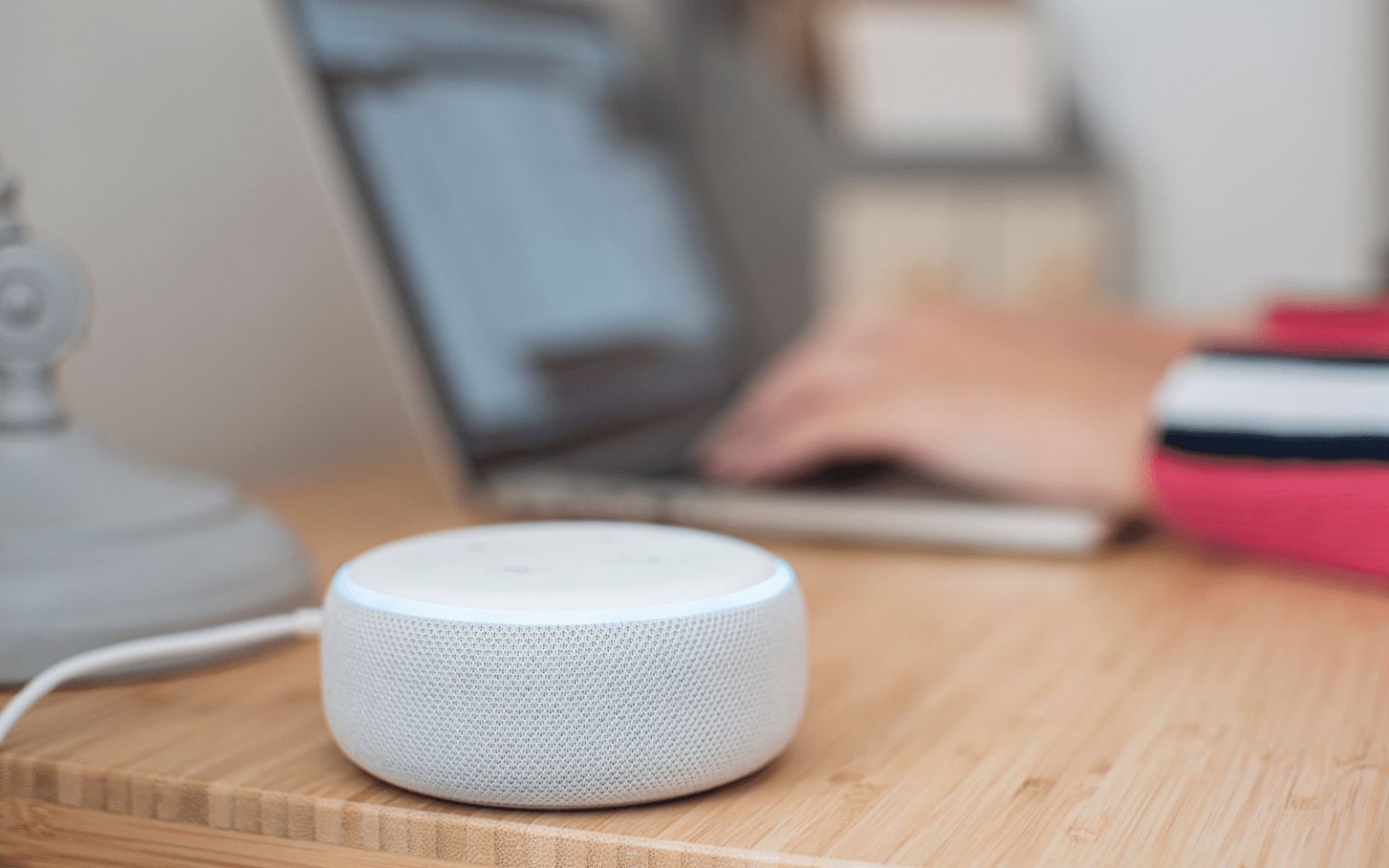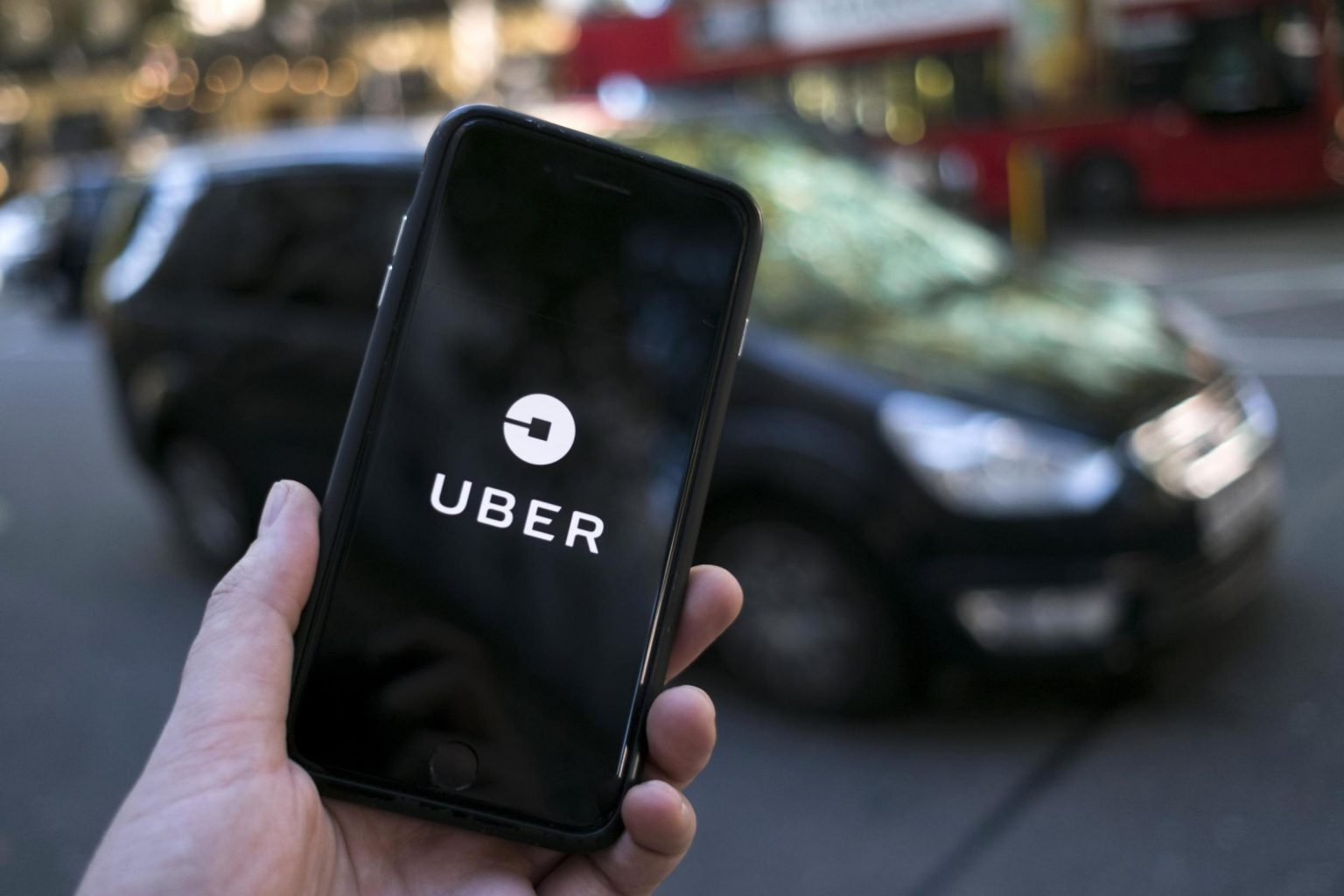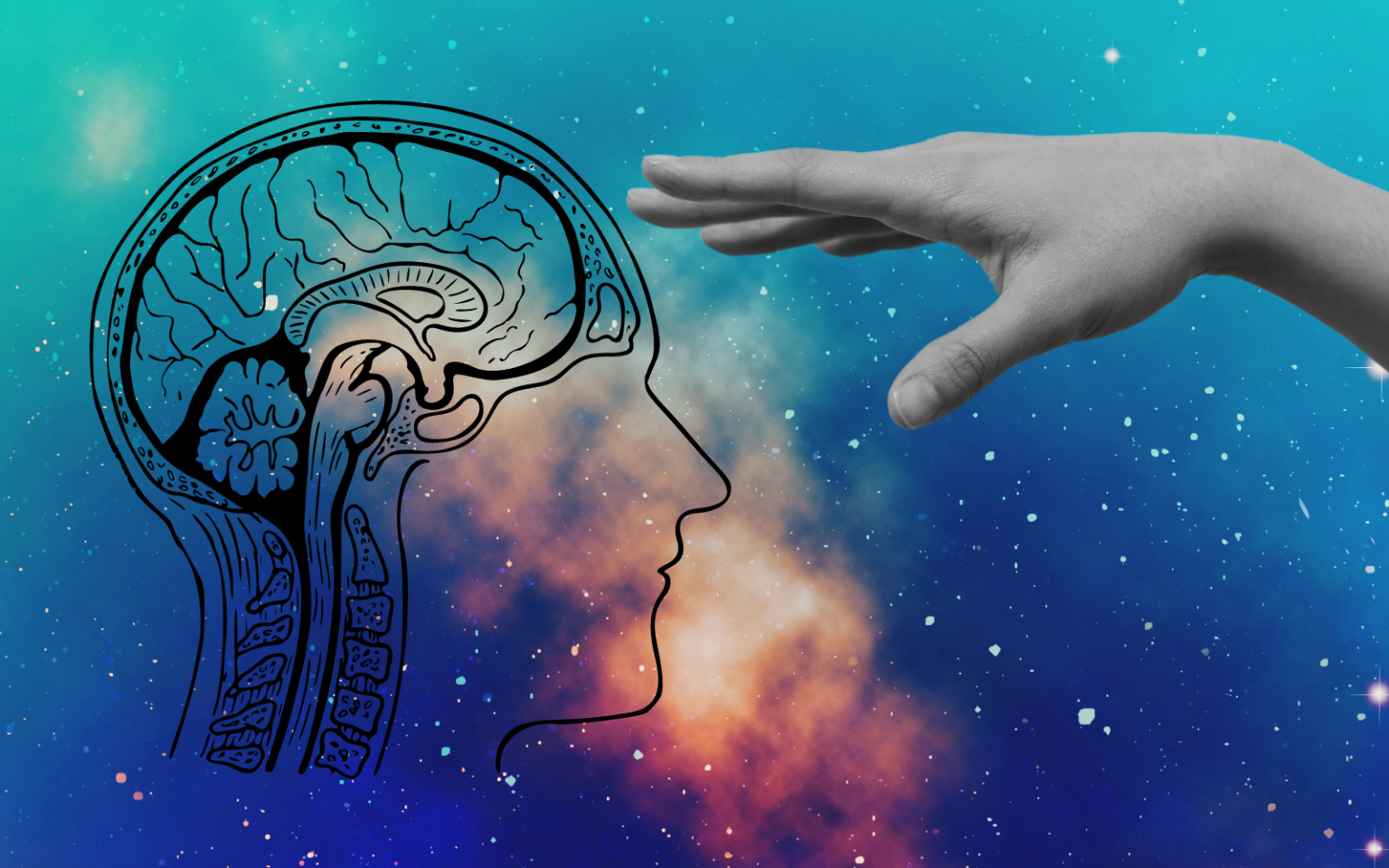In many busy households around the world, it’s not uncommon for children to shout out directives to Apple’s Siri or Amazon’s Alexa. They may make a game out of asking the voice-activated personal assistant (VAPA) what time it is, or requesting a popular song. While this may seem like a mundane part of domestic life, there is much more going on. The VAPAs are continuously listening, recording and processing acoustic happenings in a process that has been dubbed “eavesmining,” a portmanteau of eavesdropping and datamining. This raises significant concerns pertaining to issues of privacy and surveillance, as well as discrimination, as the…
Author: The Conversation
Uber has had a controversial history since its founding in 2009, from violent conflicts among drivers to a secret software allegedly used to evade law enforcement. Now, a leak of over 124,000 documents dubbed the Uber files shows the extent to which the firm under co-founder and former CEO Travis Kalanick capitalised on that chaos to expand across 40 countries. My research explores the relationship between Uber and the state. The company’s strategy to grow at all costs has been uneven, shaped and slowed by varying regulations in different markets. In recent years, Uber appears to have toned down its approach and stop some of the more…
Whether to spend money on outer space exploration or to apply it to solve serious problems on Earth, like climate change and food shortages, is a contentious debate. But one argument in favour of space exploration highlights benefits that do, in fact, help study, monitor and address serious concerns like climate change and food production. As access to space increases, the potential for terrestrial benefits directly tied to space exploration grow exponentially. For example, agriculture has been improved significantly through the application of space-based advances to terrestrial challenges. It is now increasingly likely that food items have been produced with…
South Africa’s power utility, Eskom, has not been able to provide a steady electricity supply for several years now. At the start of the 2022 winter the utility warned the public to expect up to 100 days with rolling power outages. At the end of June there was at times a 6,000 MW shortfall in electricity supply, which corresponds to about 20% of the evening peak demand. While there is consensus that new electricity generating plants are urgently needed to minimise power outages, there are radically differing views on how this is best achieved. The official electricity plan approved three years ago is already out…
We all like to think we’re immune to scams. We scoff at emails from an unknown sender offering us millions, in exchange for our bank details. But the game has changed and con artists have developed new, chilling tactics. They are taking the personal approach and scouring the internet for all the details they can find about us. Scammers are getting so good at it that even cybersecurity experts are taken in. One of us (Oliver Buckley) recalls that in 2018 he received an email from the pro-vice chancellor of his university. This is it, I thought. I’m finally getting…
The James Webb Space Telescope team has released the first science-quality images from the new telescope. In them are the oldest galaxies ever seen by human eyes, evidence of water on a planet 1,000 light-years away and incredible details showing the birth and death of stars. Webb’s purpose is to explore origins – of the universe, of galaxies, of stars and of life – and the five images released on July 12, 2022, make good on that promise. Once the suite of instruments onboard all cooled down and were running smoothly, astronomers wasted no time in putting Webb to work. Each of the…
In a world rife with opposing views, let’s draw attention to something we can all agree on: if I show you my pen, and then hide it behind my back, my pen still exists – even though you can’t see it anymore. We can all agree it still exists, and probably has the same shape and colour it did before it went behind my back. This is just common sense. These common-sense laws of the physical world are universally understood by humans. Even two-month-old infants share this understanding. But scientists are still puzzled by some aspects of how we achieve this fundamental understanding.…
The connections between the neurons in your brain enable you to do amazing things, from brushing your teeth to solving calculus equations. When these connections become damaged, often as a result of conditions like stroke or traumatic brain injury, these abilities can be lost. Directly activating neurons with tiny pulses of electricity, however, can help rewire these connections and potentially restore function. Doctors currently use this technique, called neurostimulation, to treat conditions like Parkinson’s and depression. We believe that neurostimulation has the potential to not only treat symptoms but also cure a wider range of diseases by repairing damaged connections. However, it has been unclear…
NASA Administrator Bill Nelson recently expressed concerns over China’s aims in space, and in particular, that China would, in some way, claim ownership over the Moon and stop other countries from exploring it. In an interview with a German newspaper, Nelson cautioned, “We must be very concerned that China is landing on the Moon and saying: ‘It’s ours now and you stay out.‘” China immediately denounced the claims as a “lie”. This spat between the administrator of NASA and Chinese government officials comes at a time when both nations are actively working on missions to the Moon – and China has not been shy about its…
Nasa has recently announced US$600,000 (£495,000) in funding for a study into the feasibility of sending swarms of miniature swimming robots (known as independent micro-swimmers) to explore oceans beneath the icy shells of our Solar System’s many “ocean worlds”. But don’t imagine metal humanoids swimming frog-like underwater. They will probably be simple, triangular wedges. Pluto is one example of a likely ocean world. But the worlds with oceans nearest to the surface, making them the most accessible, are Europa, a moon of Jupiter, and Enceladus, a moon of Saturn. Life inside ocean worlds These oceans are of interest to scientists not just because they contain…










